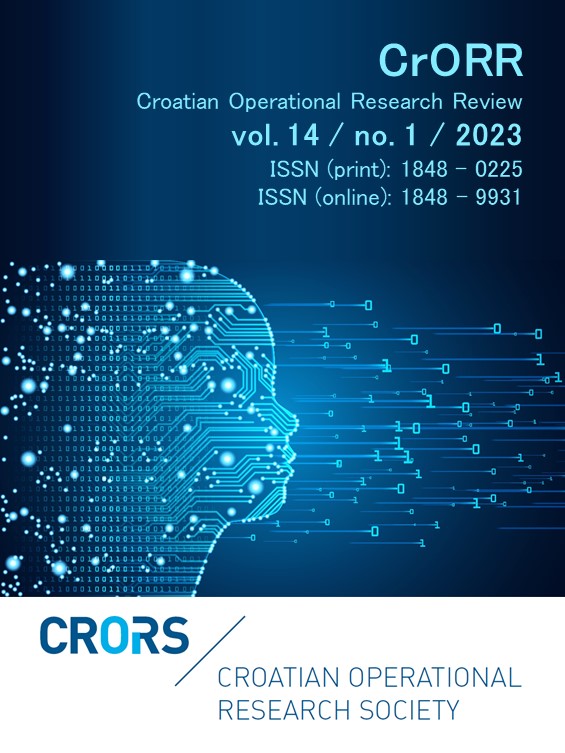Estimating outputs using an inverse non-radial model with non-discretionary measures: An application for restaurants
Abstract
Few inverse data envelopment analysis (DEA) models have incorporated non-discretionary measures based on radial efficiency values. However, the efficiency may be miscounted in radial approaches when some non-zero slacks appear. Furthermore, there is scant research on inverse DEA to estimate performance measures in the restaurant industry. Accordingly, this research proposes models based on non-radial DEA to analyze the efficiency and output changes of some Iranian restaurants while also presenting non-discretionary measures. Actually, in the company of non-discretionary factors, a non-radial DEA approach and its inverse problem are introduced to assess the performance and estimate the outputs for the modifications of inputs, respectively, while the inefficiency levels are maintained (and when they are preserved or decreased). The inefficiency of each discretionary input and output is specified using the presented non-radial DEA approach, and output targets are determined through inverse non-radial DEA with non-discretionary inputs. The results show containing non-discretionary data leads to more rational determinations through non-radial DEA-founded problems. This research presents analytic insights into the resources of inefficiency and output targets of entities with non-discretionary data, such as restaurants.
Downloads
Published
Versions
- 2023-12-20 (2)
- 2023-07-10 (1)
Issue
Section
License
- Authors retain copyright and grant the journal right of first publication with the work simultaneously licensed under a Creative Commons Attribution License that allows others to share the work with an acknowledgement of the work's authorship and initial publication in this journal
- Authors are able to enter into separate, additional contractual arrangements for the non-exclusive distribution of the journal's published version of the work (e.g., post it to an institutional repository or publish it in a book), with an acknowledgement of its initial publication in this journal.
- Authors are permitted and encouraged to post their work online (e.g., in institutional repositories or on their website) prior to and during the submission process, as it can lead to productive exchanges, as well as earlier and greater citation of published work (See The Effect of Open Access).


